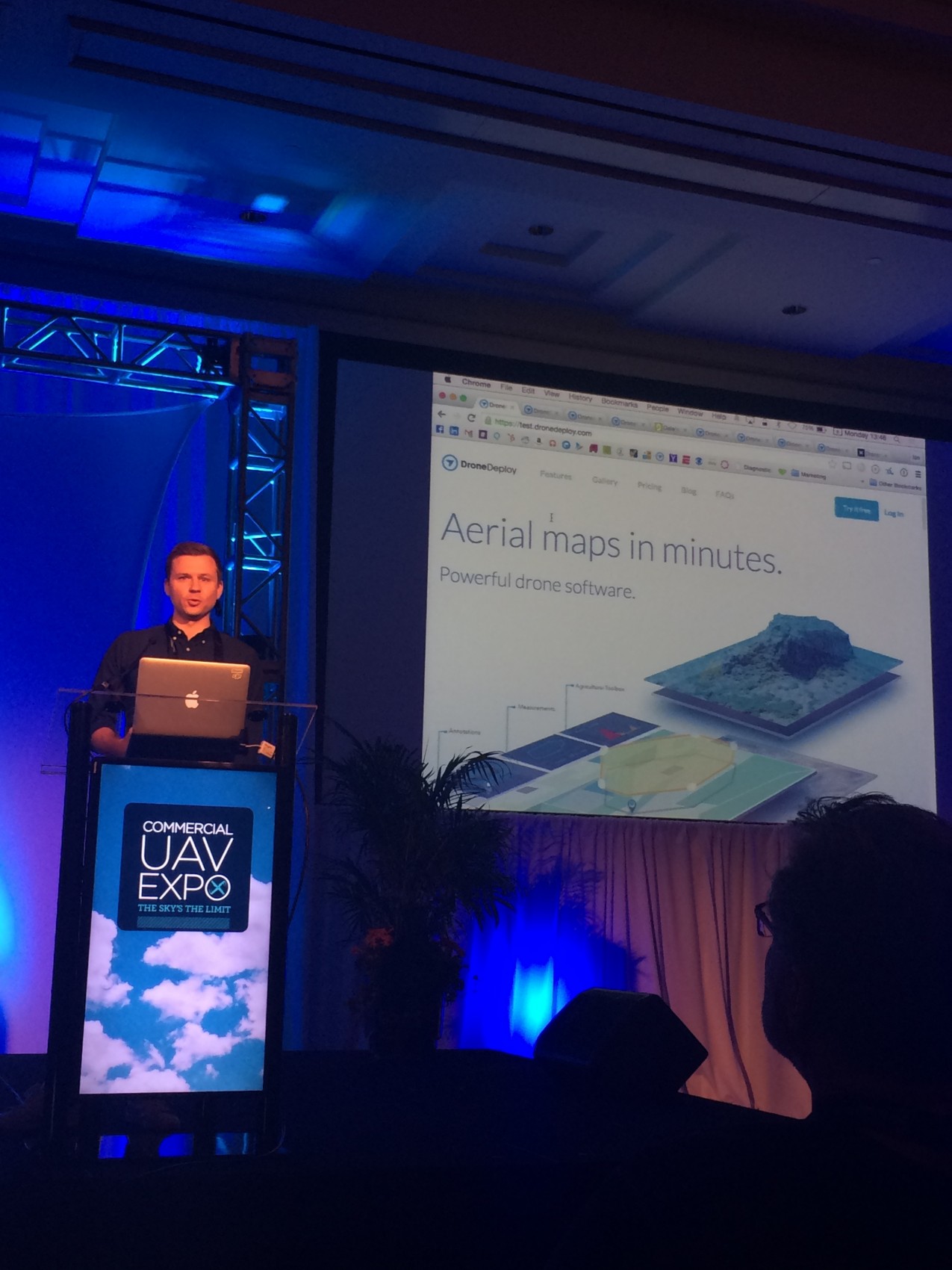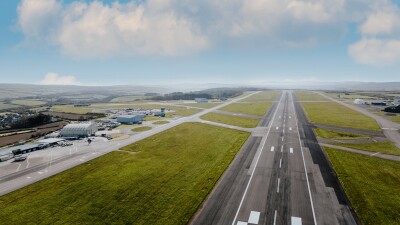Over the course of today’s conference events at the Commercial UAV Expo in Las Vegas, a couple of thoughts continued to cross my mind about the ‘business’ of commercial drones.
First, alluding to the comments made by Dyan Gibbens keynote speech, I believe that the most successful companies in the drone industry going forward will be those that have a ‘laser-focus’ on their business case to the market. That implies that their offering is easily understandable (in terms of need) and offers true value to the customer, whether it is a product or service. In many cases, these businesses have direct experience in supplying intelligence from drone mapping services, rather than ‘empty’ sets of pixels and points. As Dyan correctly assessed, the ideal approach is to ‘deliver value, not add 0s.’Given the large number of exhibitors / vendors currently in the drone industry, I expect significant market consolidation over the next 1 – 3 years. A direct result of new federal regulation and newly enhanced illegal drone enforcement, it is natural that the ‘invisible hand of the market’ will force companies to either merge with others or face going out of business. There is currently too much technical overlap between competing firms, therefore many businesses will be forced to enhance their offering or suffer the consequences of being just another market ‘player’ covering the same business needs. For example, within the drone software market, most companies provide some sort of post-flight data processing, primarily generating image mosaics and 3D solid models. In this situation, few firms will emerge as market leaders, while the others will be forced to fight over the ‘crumbs’.Finally, I truly believe that there is a ‘seat at the table’ for tethered drones providing ‘niche’ applications supporting infrastructure and surveillance activities. Perhaps the most significant operational issue with today’s (untethered) drones is the relatively short battery life (30 – 45 minutes?), which greatly impacts flight / project lengths. For example, large infrastructure inspection activities require very long (> 4 hours) flight duration times, therefore the need for an uninterrupted power source is critical. In my opinion, the on-going improvements in battery life will not develop as fast as the need, so tethered systems may have an immediate advantage in the market for very specific applications.Overall, I am encouraged by the energy and entrepreneurship within the drone industry – it indicates a healthy business ‘ecosystem’ that is overwhelmed with opportunity, despite the uncertainty of federal regulations within the US market. Although the market is braced for significant changes in the short-term, the prospects for long-term growth are quite spectacular for firms that LISTEN (!) to the customer’s needs and develop simple, elegant solutions that directly solve business problems.Subscribe
The information you submit will be stored and used to communicate with you about your interest in Commercial UAV News. To understand more about how we use and store information, please refer to our privacy policy.
October 7, 2015
Business Thoughts from the Commercial UAV Expo















Comments